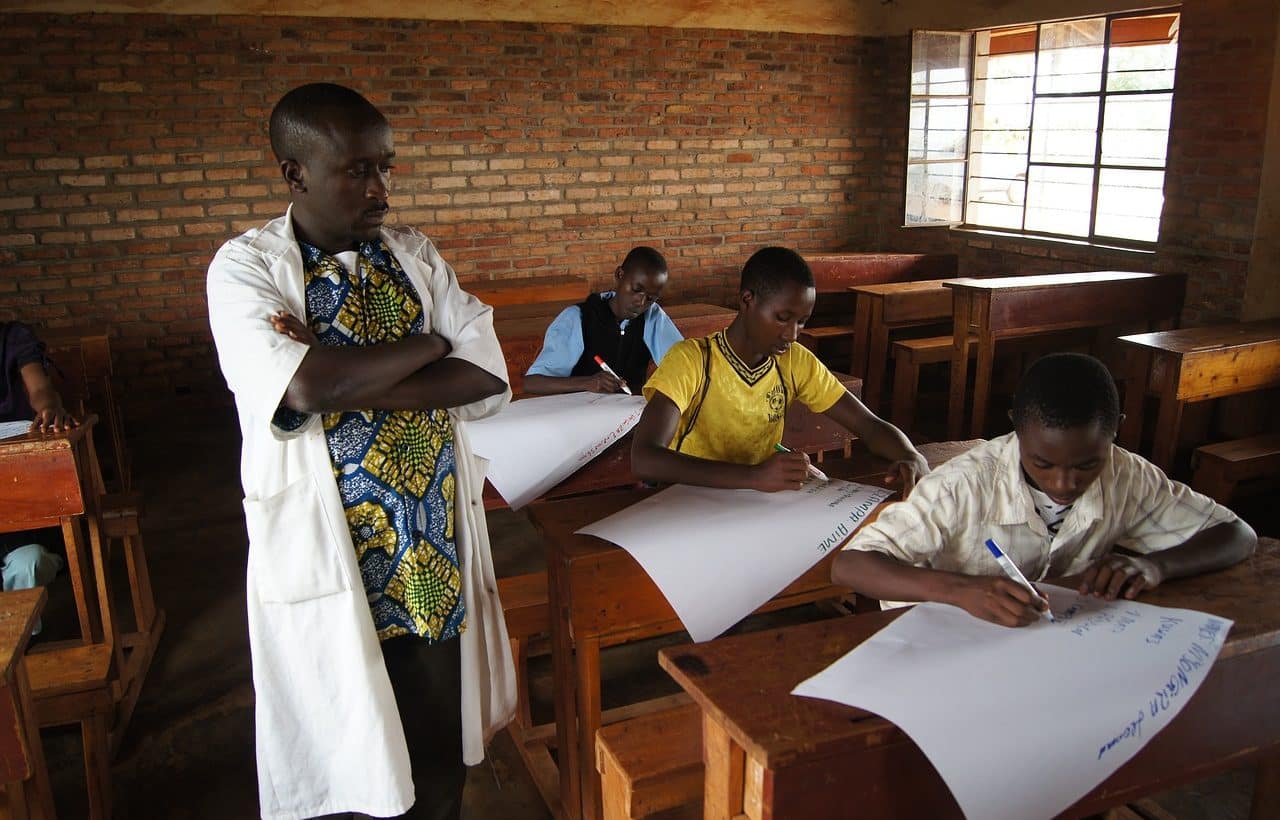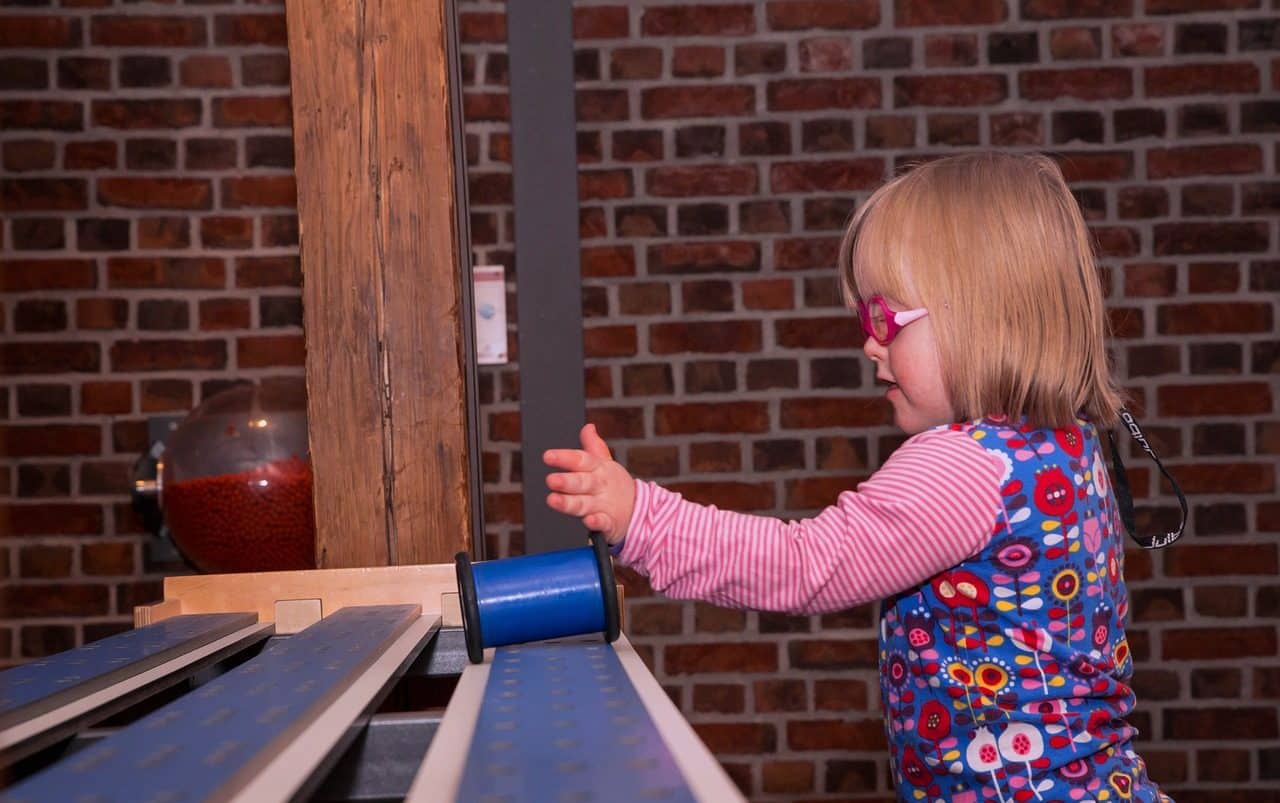
Public education favors educational inclusion.
Public education is the educational system managed by a national State to promote the training of all its citizens . Although its characteristics depend on each country, it is generally based on a network of public schools that provide free education .
The contents of public education are established through the educational policy established by the Ministry of Education. This pedagogical project is reflected in the national curriculum.
Characteristics of public education
Public education encompasses the planning, design, implementation and supervision of curricula by the state administration . Typically, it includes preschool education , primary education and secondary education , guaranteeing free access to this training to enable compliance with mandatory regulations.
In this way, the State determines that it is mandatory for children and adolescents to complete a certain level of education (generally, secondary education) and makes schools available to the community where students attend without having to pay. Thus, families that lack economic resources can comply with the law that requires sending minors to school and these children do not see their right to education violated, achieving educational equity .
It should be noted, however, that there is also public higher education , including public universities . At this level, in some cases the charging of a registration or fee is contemplated, although generally these are lower amounts than those charged by private institutions. They may also be entities with public aid.
At this point it is important to indicate that public education is financed through taxes . For this reason, the entire community (including the students' own families) helps to solve the operation of the system.

Digital literacy must be part of public education.
Differences with private education
While public education is managed by the state, private education is administered by individuals, companies or organizations. Private schools and universities charge for their services , although they may offer scholarships and in many cases have a fee subsidized by the State.
Generally public education coexists with private education. It is the decision of families, according to their possibilities and interests, to choose in which system to educate their children.
While public schools are usually secular , there are many private schools that are religious. These establishments include in their pedagogical proposal the dissemination of a creed and teach students the precepts and practices of their faith.
Charging for their services often allows private schools to provide greater amenities to students or even better quality of teaching . Private institutions, in this framework, can take advantage of ICTs in education, develop school infrastructure with favorable conditions and even offer bilingual or trilingual education, issues that are difficult to achieve in public education.

Special educational needs must be covered in public education.
Importance of public education
Public education fulfills a double objective. On the one hand, it guarantees that all inhabitants have access to education ; On the other hand, it allows achieving a desirable general level of education that benefits the nation in social and economic terms.
Education must be considered part of human rights . The State has the obligation to ensure that its inhabitants are educated and public education is key to that. Certified teachers and standardized testing , on the other hand, help ensure that public educational offerings meet certain standards, regardless of the school.
Equal access , however, is difficult to achieve. Even though there are public schools that offer free education, a child who is not assured of daily meals or who lives 10 kilometers from the nearest educational establishment is unlikely to be able to complete his or her academic education.
It must be emphasized that having an educated society, in turn, is positive for the country in many aspects: it increases the productivity of the economy, reduces health spending, etc. If we think about a country qualified, for example.
Public education is also relevant to social cohesion . An official curriculum teaches about language, history and civic education, among many other subjects: immigrants, in this way, can integrate into the community and assimilate its culture by completing compulsory education.
School financing
The public education system often faces the challenge of financing . Its budget often depends on the ideology and policies of the government in power, so there may be cuts that threaten its normal functioning and deteriorate the working conditions of teachers.
The teacher strike is a recurring measure of force when educators are not satisfied with their salary. This has an impact on the students, who are left without classes. This problem is not common in private schools, thus generating marked inequality .
The budget issue also affects school safety . When the School Board or the relevant body does not receive funds for the development of works, the infrastructure can suffer various types of damage due to lack of maintenance.
This reality means that protests promoted by teaching unions with the participation of parents and the support of student movements are developed on numerous occasions. That public education has the money available to function as it should is the desire of all sectors involved in its daily life.
